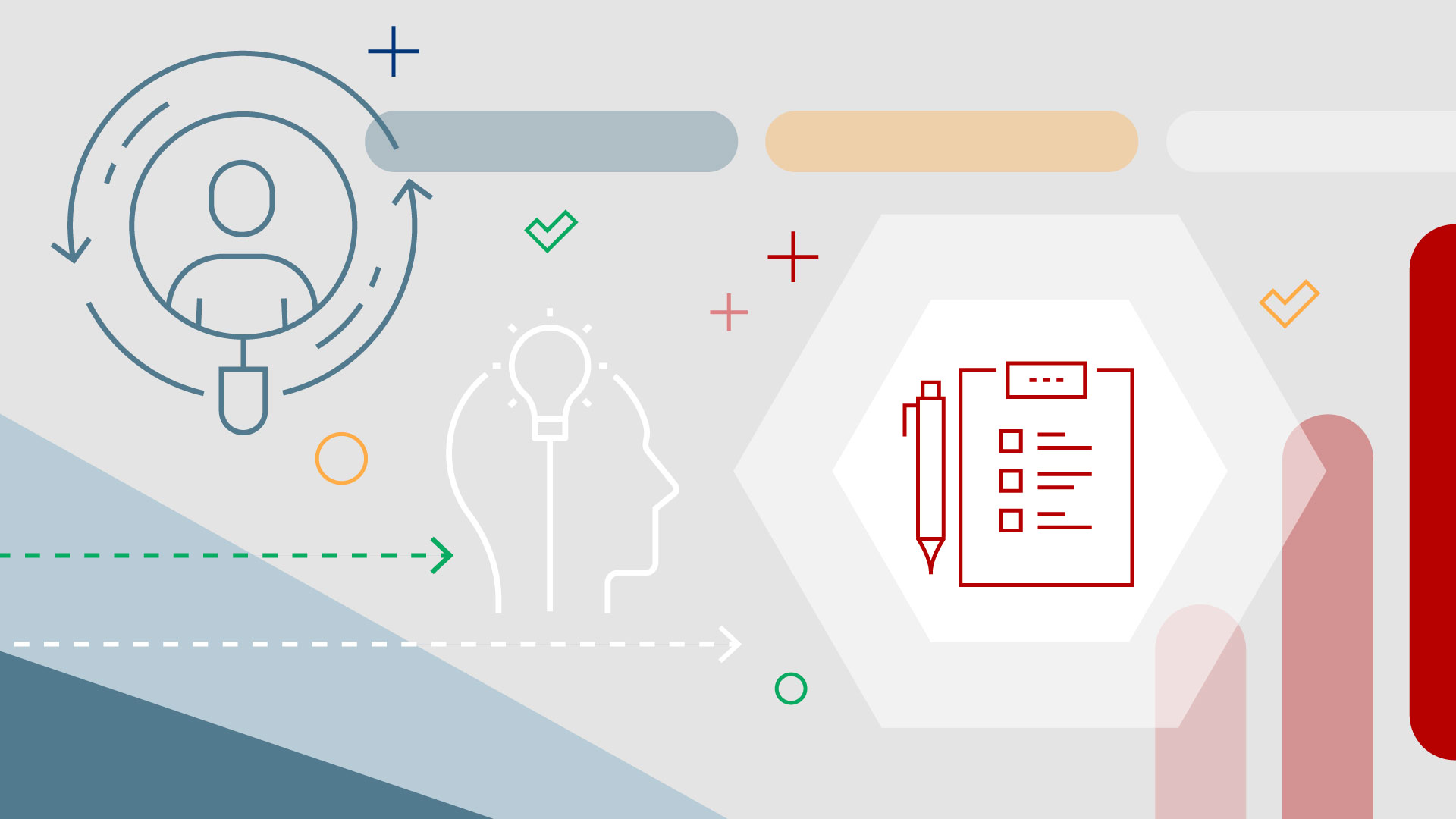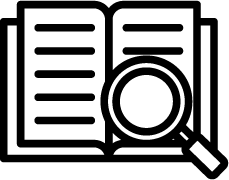Roadmapping
Roadmapping
This capability supports the translation of strategy into a timeline of business outcomes and deliverables. Managers can visualize initiatives and dependencies to set direction and expectations, as well as maintain clear communication throughout delivery.
Learn more
Capability resources

AdaptiveWork process flows
Review step-by-step guidance, process flows, and best practices for end users to achieve specific business outcomes.
Learn more
Capability usage
Realize value from the connected roadmap with these recommendations for managers.
Learn more
Design and set up
Learn the recommended steps for Planview administrators to set up Roadmaps.
Learn more
Get started
Get started with foundational knowledge and the key benefits of Roadmaps adoption.
Learn more
Portfolios process flows
Review step-by-step guidance, process flows, and best practices for end users to achieve specific business outcomes.
Learn more
Reports and outputs
Use your roadmap to report project status, communicate with stakeholders, and inform decision making.
Learn more
Roadmaps process flows
Review step-by-step guidance, process flows, and best practices for end users to achieve specific business outcomes.
Learn more


 Definition
Definition Business value
Business value